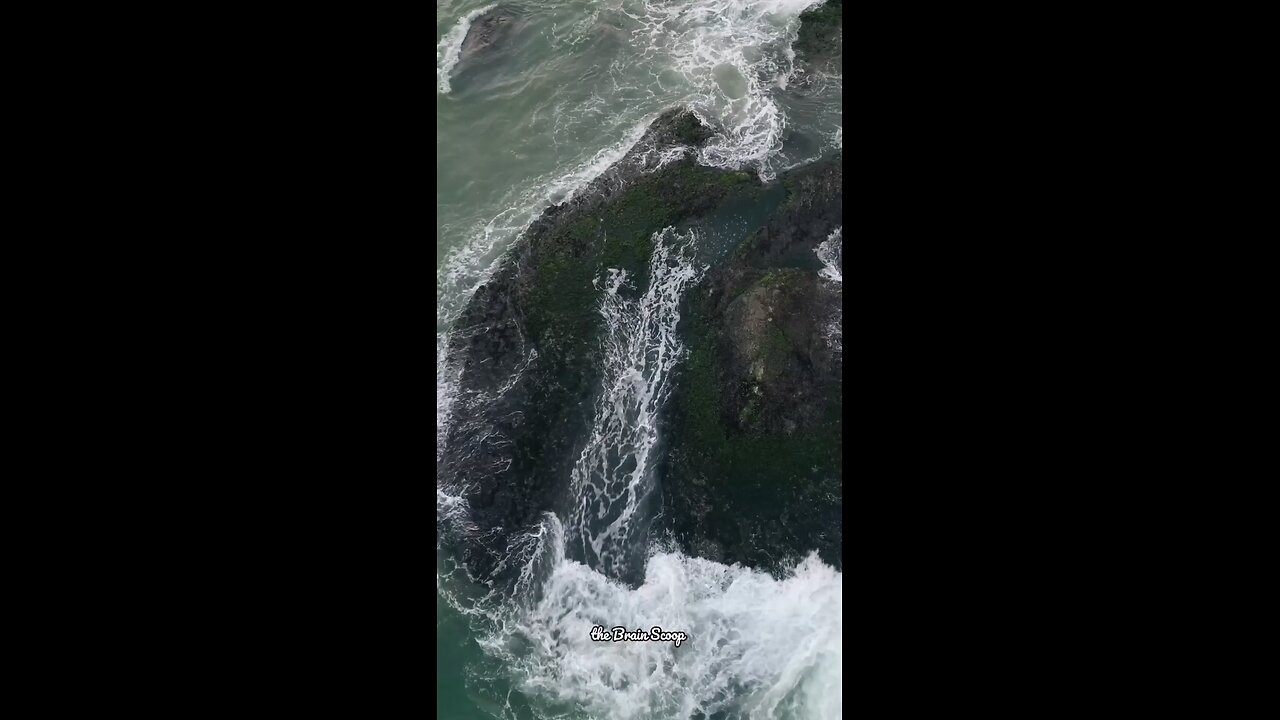Premium Only Content

Tsunami #news
A tsunami is a catastrophic marine event caused by intense seismic activity, volcanic eruptions, or underwater landslides. The term "tsunami" comes from Japanese, where "tsu" means harbor and "nami" means wave.
**Characteristics of a Tsunami:**
1. **Wave Height**: Tsunami waves can reach extreme heights, sometimes exceeding 100 feet (30 meters).
2. **Speed**: Tsunami waves travel at very high speeds, often between 500 to 800 kilometers per hour (about 310 to 500 miles per hour).
3. **Wavelength**: The distance between successive waves in a tsunami can be very long, often ranging from 10 to 500 kilometers (about 6 to 310 miles).
**Formation and Impact:**
- **Formation**: Tsunamis typically form due to underwater earthquakes, where tectonic plates shift and displace large volumes of water. Volcanic eruptions and underwater landslides can also trigger tsunamis.
- **Impact**: Upon reaching shallow waters near coastlines, the speed of the tsunami decreases, but the wave height increases significantly, causing massive destruction to coastal areas, including loss of life, property damage, and environmental devastation.
Tsunamis are unpredictable and can strike with little warning, making them particularly dangerous natural disasters. Early warning systems and education on evacuation procedures are crucial for minimizing their impact on human lives and infrastructure.
-
 2:59:41
2:59:41
Right Side Broadcasting Network
4 hours agoLIVE: GOP Leadership Gives Press Briefing; Senate Intel Holds Hearing on Worldwide Threats - 3/25/25
40.3K56 -
 1:14:10
1:14:10
The Rubin Report
2 hours agoHegseth’s ‘Leaked’ War Plans Scandal Takes an Unexpected Turn
41.1K54 -
 LIVE
LIVE
Flyover Conservatives
12 hours agoTrash Island the Size of 2 Texases?! Recycling Isn’t Enough – Kate Asseraf Has a Better Solution; Disney’s Woke Reboot of ‘Snow White’ Just Got a Harsh Reality Check | FOC Show
495 watching -
 LIVE
LIVE
TheAlecLaceShow
2 hours agoTrump Aides Leak Military Plan to Journalist | Guest: Breitbart’s Kristina Wong | The Alec Lace Show
128 watching -
 LIVE
LIVE
Anthony Rogers
5 days agoEpisode 358 - David Icke
136 watching -
 1:17:39
1:17:39
Bare Knuckle Fighting Championship
23 hours agoThe Bare Knuckle Show with Brian Soscia
20.3K -
 30:12
30:12
Grant Stinchfield
2 hours ago $1.14 earnedAnother Deep State Bureaucrat? Why Susan Monarez Is the Wrong Choice for CDC Director
3.36K1 -
 58:01
58:01
VINCE
5 hours agoAnother Liberal Media Hoax | Episode 7 - 03/25/25
307K332 -
 2:01:48
2:01:48
LFA TV
17 hours agoDEFENDING THE REPUBLIC! | LIVE FROM AMERICA 3.25.25 11AM
66.5K25 -
 2:05:44
2:05:44
Matt Kohrs
14 hours agoStocks Are Ready To SQUEEZE!!! || The MK Show
63.9K2